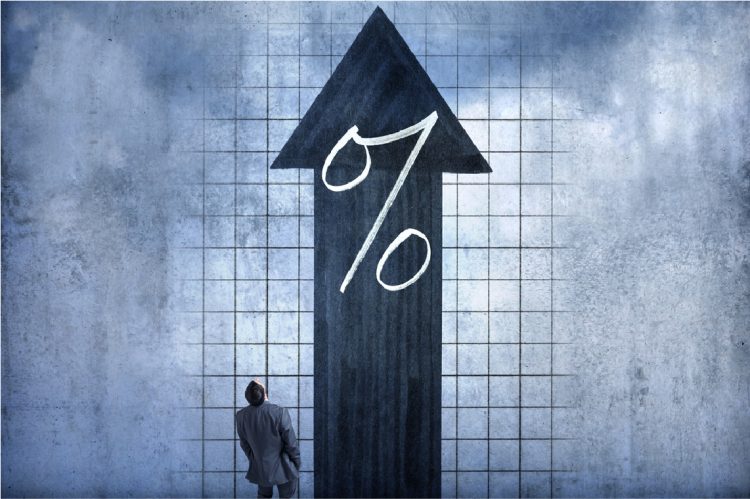As Russian attacks on Ukraine persist, the ripple effects of global economic markets are being felt by millions, if not more. According to recent reports from the U.S. Bureau of Labor Statistics (BLS), the geopolitical situation has sent the nation’s already-elevated inflationary environment into a territory it hasn’t seen since the 1980s.
The agency released its consumer price index (CPI) summary Thursday morning, showing that inflation has hit a 40-year high year-over-year increase in February at 7.9%, with core inflation at 6.4%.
The uptick in February was primarily driven by gasoline, food and shelter, which saw significant jumps last month.
The gasoline index rose 6.6% in February, which the BLS said accounted for almost a third of all items’ monthly increases. The overall energy index rose 3.5% in February, following a 0.9% increase in January. According to the BLS, the energy index rose 25.6% YoY, with all major energy component indexes increasing.
Food climbed by 1% in a month, while the index also saw a YoY increase of 8.6%, which BLS said was the largest 12-month increase since the period ending April 1981. The index for food away from home rose 6.8% annually, which was the largest 12-month increase since December 1981.
The shelter index jumped by 4.7% annually, marking its largest 12-month increase since May 1991.
While the BLS report reflects the 12 months ending in February, the increases don’t include much of the oil and gas price increases that followed Russia’s invasion of Ukraine on Feb. 24, according to AP News reports.
Since attacks on Ukraine began, AAA data shows that average gas prices nationally have jumped about 62 cents a gallon to $4.32.
There is still much uncertainty around how Russia’s invasion of Ukraine will continue to affect U.S. markets. However, experts offered insight into what the latest inflation report could mean for the housing market and consumers.
Joel Kan, the chief economist for the Mortgage Bankers Association, thinks economic volatility could be problematic for households as inflation outpaces wage growth.
“I feel like we keep using the word volatility, but that’s what we are seeing,” he says. “Regardless of what wage growth measure we are looking at or how you slice or dice it whether the rate of inflation exceeds wage growth and income growth, so certainly a concern for household finances going forward.”
While experts at the National Association of REALTORS® (NAR) have claimed that Russia’s invasion of Ukraine won’t harm the U.S. real estate market directly, the latest inflation data appears to be in line with the association’s expectations that the geopolitical situation could exacerbate economic volatility.
In a February statement, NAR anticipated volatile economic conditions in the coming months as the Federal Reserve concludes its asset purchase program and paves the way for higher interest rates.
“Russia’s aggression in Ukraine is also likely to affect global oil supply, imposing further burdens on inflation and bringing about more aggressive rate hikes,” NAR said in its latest pending homes sales report.
“Inflation continues to surprise on the upside, now exacerbated by the Russian invasion of Ukraine and economic sanctions,” says NAR chief economist, Lawrence Yun. “That means that the Federal Reserve will be more aggressive in raising interest rates this year. The rent component of CPI is also soaring.
“One good way to contain inflation is to build more housing units, both apartments and single-family homes,” Yun adds. “Governments at all levels must ensure fewer barriers to building new homes.”
 Jordan Grice is RISMedia’s associate online editor. Email him with your real estate news ideas, jgrice@rismedia.com.
Jordan Grice is RISMedia’s associate online editor. Email him with your real estate news ideas, jgrice@rismedia.com.












